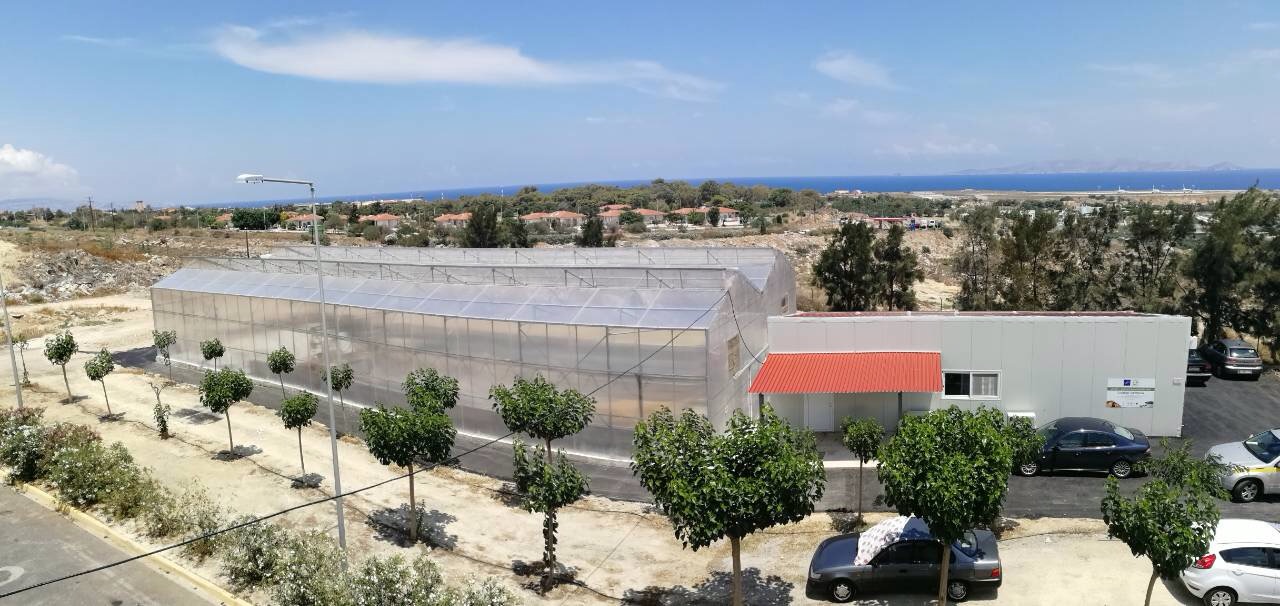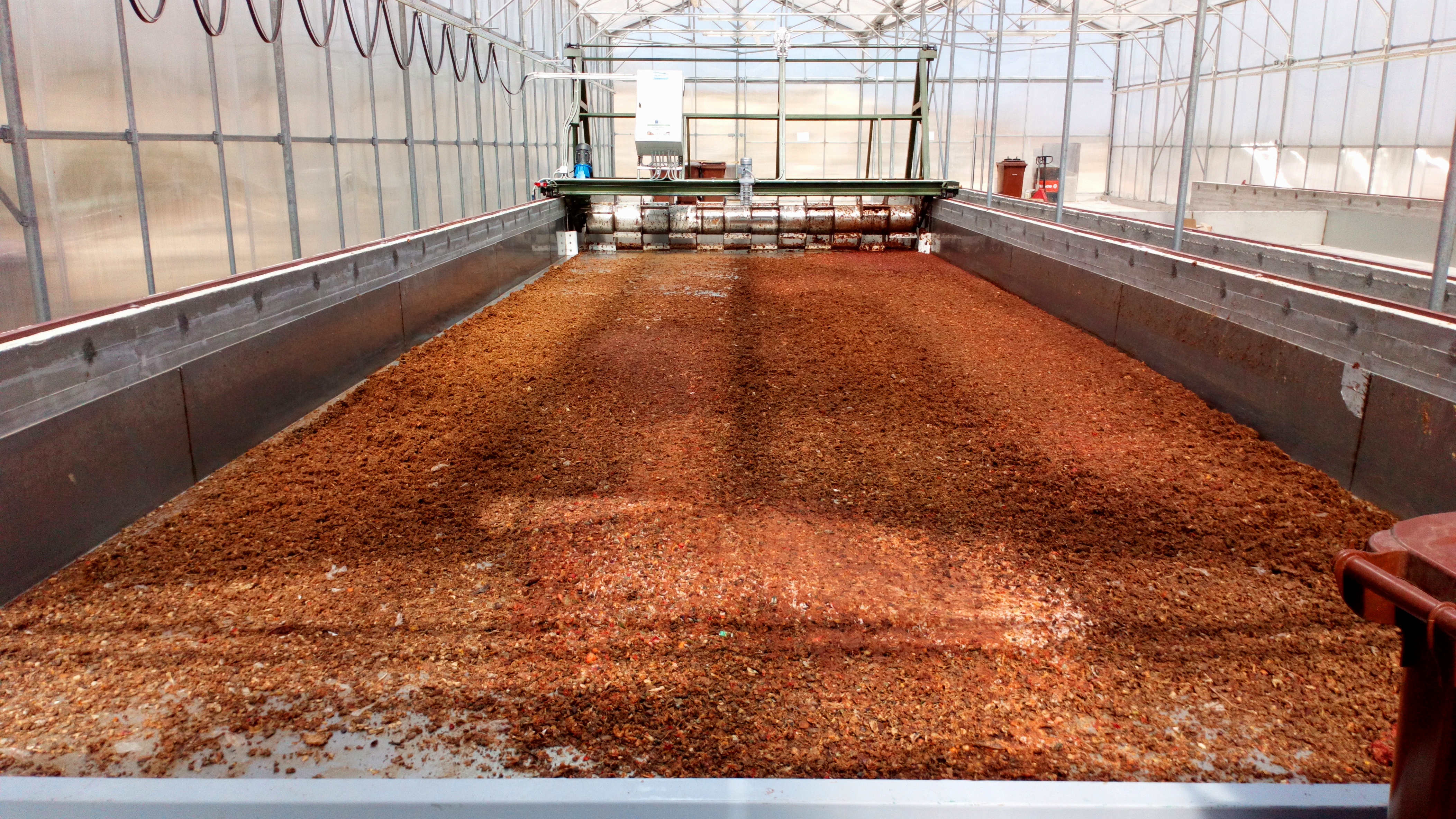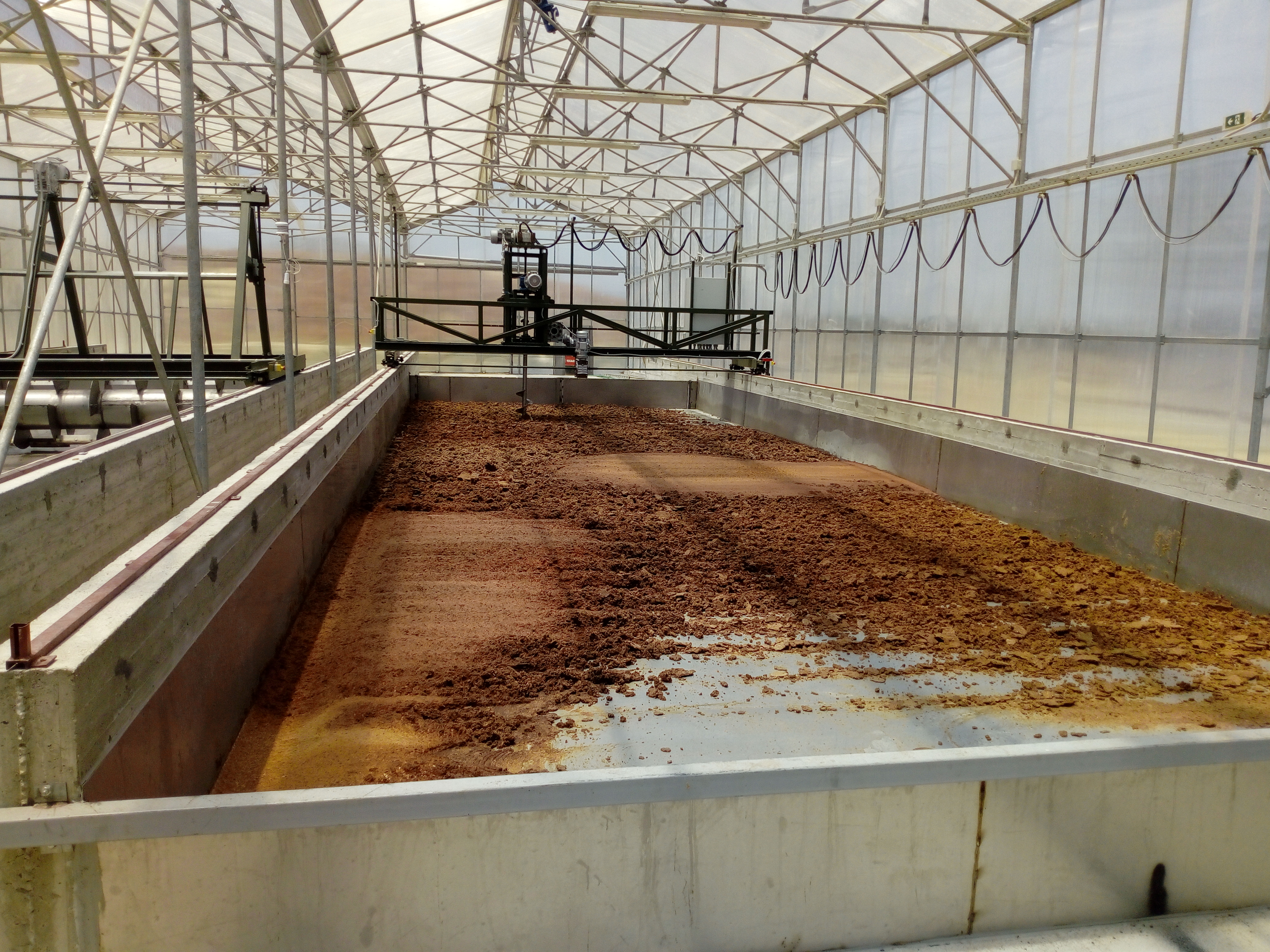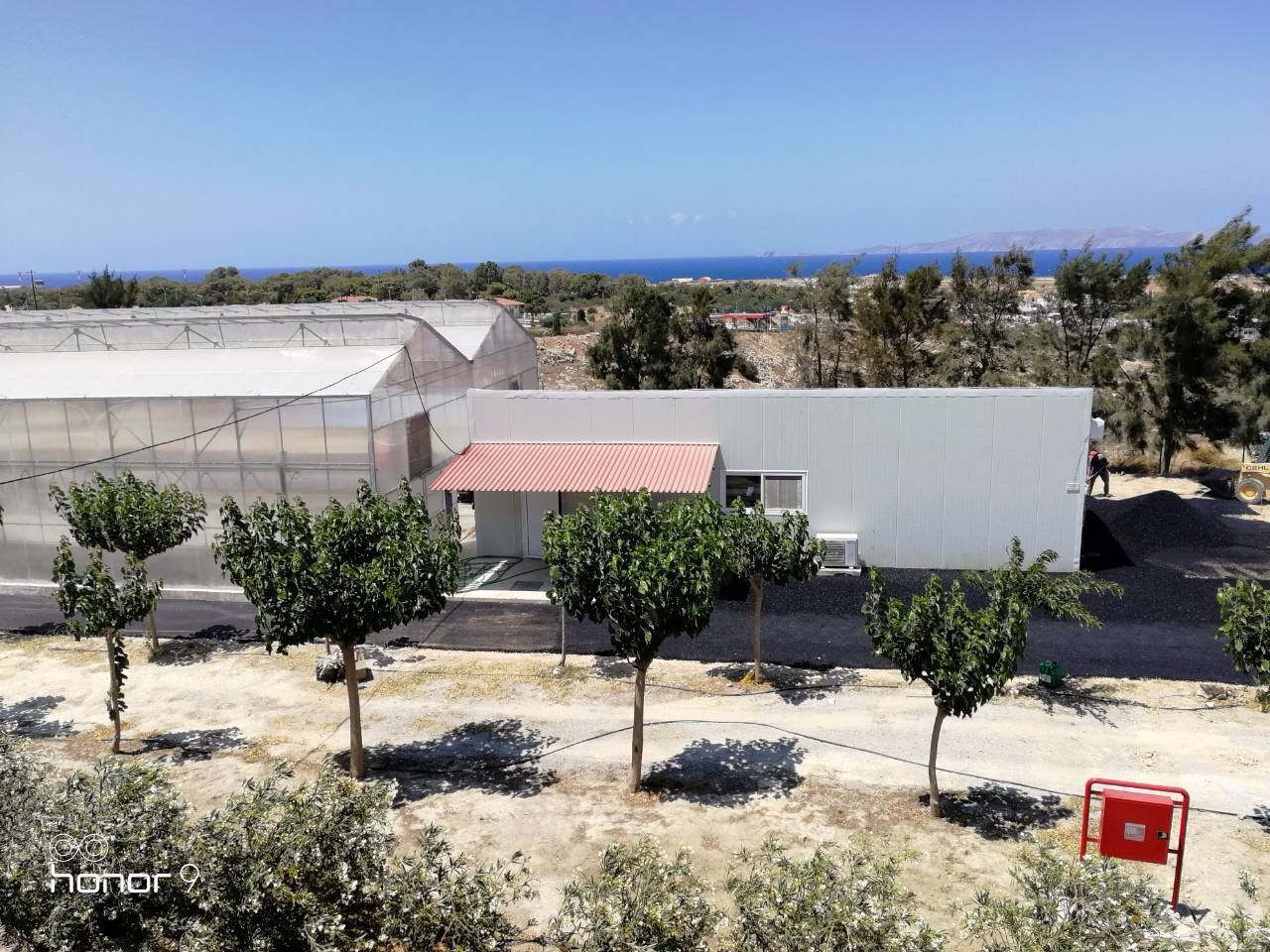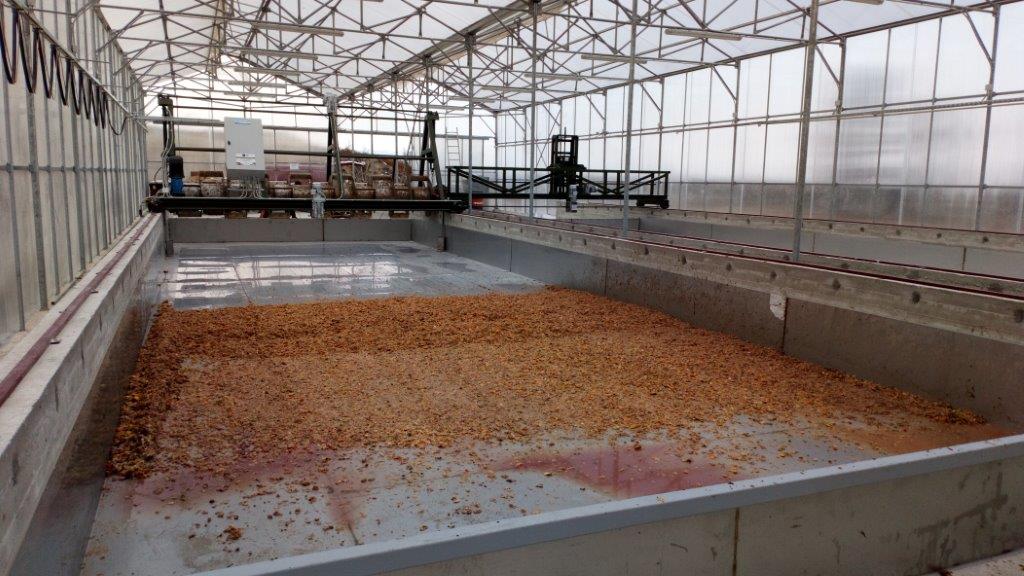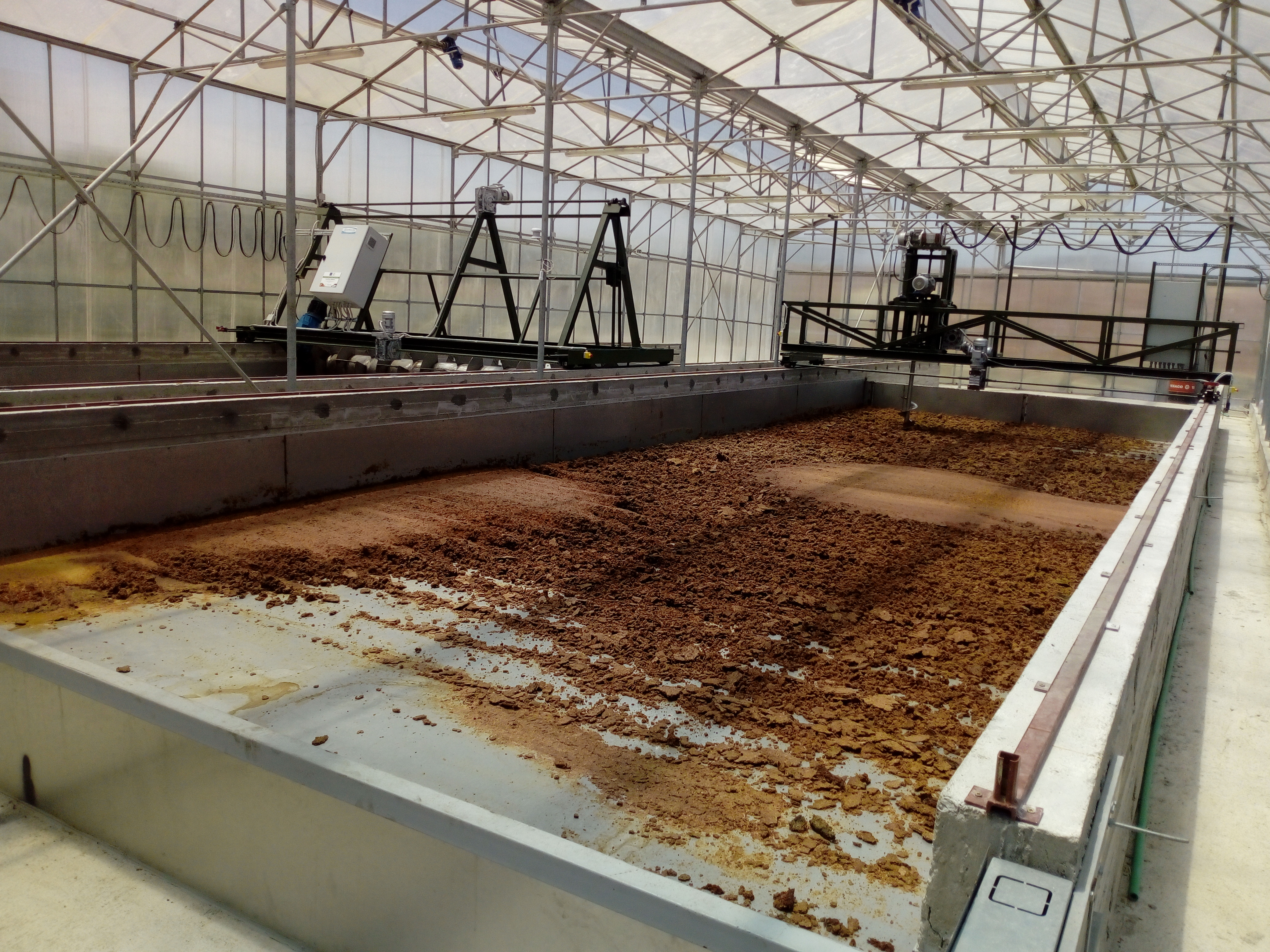February 2021 - Food for Feed
Α) Identity of the project
| Title/ N° |
Food for Feed: An Innovative Process for Transforming Hotels’ Food Waste into Animal Feed
LIFE-F4F - LIFE15 ENV/GR/000257 |
| Duration |
1/9/2016 - 28/2/2021 |
| Budget |
Total budget: 2.580.619,00 € |
|
Beneficiaries |
|
| Location of activities |
Heraklion Crete / Athens / Berlin |
| Website | |
| Contact |
Prof. Thrassyvoulos Manios, Scientific project manager |
Description/Aim
The LIFE-F4F project aims to evaluate, through the construction and operation of a pilot plant, a simple and innovative technology of a low emissions process that allows the safe transformation of source-separated food waste into animal feed. The project is taking place in Crete (Greece), in the tourist areas of Heraklion and Herssonissos in the Prefecture of Heraklion. The food waste utilization through the hospitality sector, but also the production of a product with added value is one of the main objectives of the project. Five European partners work towards waste minimization and reuse of non-recyclable food waste (part of an integrated solid wastes management scheme), as well as the Roadmap to a Resources-Efficient EU.
During the LIFE-F4F project implementation and after the completion of three tourist seasons (May - October), more than 550tn of food waste was collected and managed into pilot unit. Refrigerator vehicle was used to collect and transfer the food waste from the cooperating hotels. Inside the pilot unit, after hand sorting, shredding and pulverizing, the raw material was feeding through a pump the solar drying tanks. During solar drying the aim was to reduce moisture from ≈75-80% to <12%. The final product from this process, after sterilization, was a completely safe product, which was used as part of pets and non-ruminant animal diets, with very satisfactory results.
Β) Best Practices
The fact that, during the F4F project, more than 550tn of food waste was diverted from landfilling producing a dry product which is evaluating as a part of animal diets, this is by its own a basic good practice of the project. The use of this particular product, which comes from hotels and restaurants, may not yet be permitted to be used under the existing European directive, but what has emerged from this project is that solar drying, as an intermediate process, is fully compatible with food waste management, leading to reliable results. In other words, solar drying can be part of the Municipal Solid Waste management chain, leading to the production of a safe end product.
There is no doubt that the use of social media is one of the most basic practices, not only for the dissemination, but also for the encouragement of behavioral changes, mainly referring to the general public. The fact that through source separation system a significant residue can be utilized, leading to the production of a product with increased added value, can be a key motivator for changing behaviors, especially knowing that this product is safe to be used.
The highlighting mainly of the financial benefit that occurs through the presentation of the real / realistic data, exactly as they emerged through the project implementation.
Finally, it can be mentioned that feed production is expected to be the main best practice of the F4F project.
C) Results
The LIFE-F4F project is nearing completion, having completed three management periods. During its implementation, the following results emerged from the constructive cooperation of the five parnters involved:
- The source separation system performed well in the cooperating units, giving a product of very high purity.
- Solar drying, as a process in food waste management, beyond that secures a significant economic benefit, has proven to be able to produce a safe product.
- A safe product has emerged, which has been used as an ingredient in pet diets (cats and dogs) and in nun ruminants (chickens, pigs), with very satisfactory results.
- Contacts are expected with key bodies that will evaluate the produced product as a feed component, always taking into account the existing legal framework, as well as the possibility of its revision in the long run and after the completion of the project.
Companies, waste management agencies, as well as feed production companies are the direct stakeholders who can utilize the results of the F4F project. All required information and results will be available through the project’s website, after the completion of it. The F4F team will also be available for clarifications or more information.
There is a plan to organize a conference referring to food waste. Beyond this, the next step is a realization of a full scale commercial unit, which will utilize all those waste, which according to the current legislation can be used as a dietary component in pets but also in productive animals.



